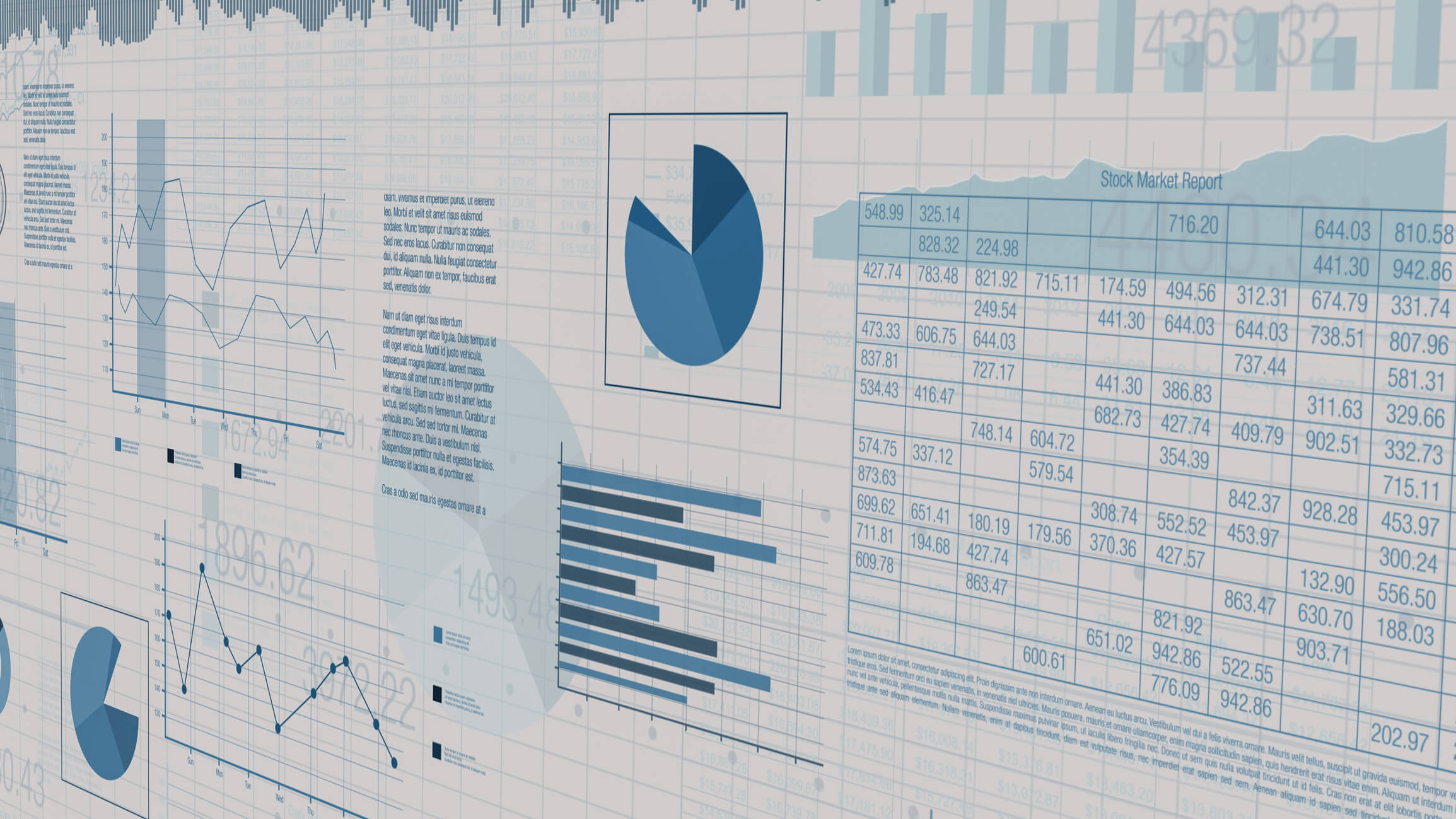To establish a chart of accounts, define account categories important to your company, then assign a digit numbering system to the funds you create. You’ll need to create account categories that pertain to your small business before developing a chart of accounts for it. Because the chart of accounts is the initial stage in constructing your company’s accounting system, it begins by organizing all your financial data. You will then assign the accounts you’ve created a digit numbering scheme.

Create Parent Accounts
The parent accounts assist you in categorizing your various business sub-accounts. For service-based firms, there are four types of accounts to consider:
- Accounts of Assets
- Accounts of Liability
- Earnings
- Expenditures
Create Your Business’s Accounts
Consider the type of firm you run while creating your accounting records. Create a parent account for each of the account subcategories. Cash and funds receivable, for example, would both belong under Assets. Certain accounts are widespread among service-based businesses, including:
- Cash
- Accounts Payable (A/R)
- Hardware
- Receivable Accounts
- Taxes to be paid
- Services-based sales
What Is a Chart of Accounts?
A financial statement is a handy tool for organizing your company’s financial information. The chart of accounts you design for your company will serve as the foundation for your financial records, so it’s an important document. The chart of accounts lists all the accounts in your firm, grouped by the assets you own, the liabilities you owe others, revenue, and expenses. The chart of accounts is an excellent tool for quickly and easily preparing financial statements since it organizes all the data linked to your business’s finances.

Why Do We Need a Chart of Accounts?
A chart of accounts helps small firms organize their accounting for easier and more accurate financial reporting. Because your chart of accounts consolidates all your financial data into one document, it’s simple to keep track of all your business data. A chart of accounts provides a clear view of your company’s overall financial health and reveals where your money is going. That data can be used to better your business process in the future. Because the chart of accounts serves as the foundation for all accounting reports, it will aid you (or your accountant) in preparing financial statements and filing tax returns.
Categories of Chart of Accounts
The Chart of Accounts has five categories:
- Assets: They are anything of worth that you can exchange for money. Accounts receivable is an example of this (the money owed to you on outstanding invoices).
- Liability: Any money you owe is referred to as a liability. It includes any taxes and debts owed by your company.
- Equity: An ownership interest in a business is referred to as equity. You can leave this off your chart of accounts because it usually doesn’t apply to freelancers.
- Revenue: The amount of money your company makes from delivering services to customers. Client payments would fall under this category.
- Expenses: The funds spent by your company to earn money. It might cover items such as office supplies, utilities, and rent.

Use Your Chart of Accounts
You can utilize your chart of accounts to better know your company’s financial situation and make future. The chart of accounts is used in a variety of ways by small businesses:
Keep an eye on your company’s finances
Your chart of accounts may show you where all your company’s funds are coming from, and you can keep track of all your sales and figure out which assets may be rapidly liquidated if you require cash for your business.
Understand What Your Business Owes
Your chart of accounts gives you a visual representation of all the money your company owes. Your chart of accounts will show you all your short, medium, and long-term debts and what your firm owes for payroll if you have any employees.
Keep tabs on your expenditure
The chart of accounts makes it simple to keep track of all the money that leaves your company. Your recurring payments, such as rent, utilities, and insurance, will be visible. It can also assist you in making better financial decisions by allowing you to see where your money goes and determining where you can achieve improvements.
Submit Tax Returns
 About Complete Controller® – America’s Bookkeeping Experts Complete Controller is the Nation’s Leader in virtual bookkeeping, providing service to businesses and households alike. Utilizing Complete Controller’s technology, clients gain access to a cloud platform where their QuickBooks™️ file, critical financial documents, and back-office tools are hosted in an efficient SSO environment. Complete Controller’s team of certified US-based accounting professionals provide bookkeeping, record storage, performance reporting, and controller services including training, cash-flow management, budgeting and forecasting, process and controls advisement, and bill-pay. With flat-rate service plans, Complete Controller is the most cost-effective expert accounting solution for business, family-office, trusts, and households of any size or complexity.
About Complete Controller® – America’s Bookkeeping Experts Complete Controller is the Nation’s Leader in virtual bookkeeping, providing service to businesses and households alike. Utilizing Complete Controller’s technology, clients gain access to a cloud platform where their QuickBooks™️ file, critical financial documents, and back-office tools are hosted in an efficient SSO environment. Complete Controller’s team of certified US-based accounting professionals provide bookkeeping, record storage, performance reporting, and controller services including training, cash-flow management, budgeting and forecasting, process and controls advisement, and bill-pay. With flat-rate service plans, Complete Controller is the most cost-effective expert accounting solution for business, family-office, trusts, and households of any size or complexity.




